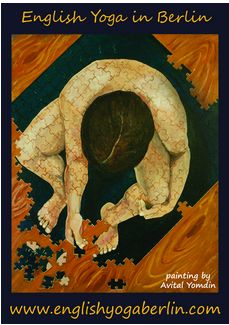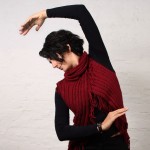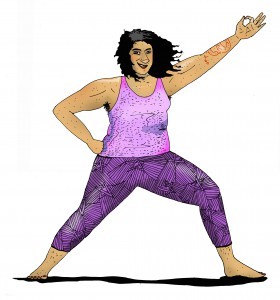I have often heard yoga teachers use babies as breathing models. “See how their bellies move up and down when they are sleeping?” “Babies haven’t learned the restrictions of every day life that changes our breathing.” “They don’t hold in their breathing, it just flows.” These are just some of the common phrases that come out in yoga classes.
Although I agree that babies have something magical in the way they are first experiencing the world, a study has shown that babies have to work quite hard when it comes to breathing the first year of their lives.
In order for babies to be able to get through the birth canal unharmed, they need a higher elasticity in the rib cage. This means that the rib cage is too soft to easily support their respiratory system. As they grow older their rib cages will become hard and stable allowing better support in breathing.
Babies need to double their size within the first months of their lives. To do this, babies need a higher oxygen intake and a faster heartbeat amounting to a higher metabolism. They got to breathe way more than adults to keep those little bodies growing.
During pregnancy, babies can not use their lungs. Their blood bypasses the lungs by going directly from the right side of the heart to the left. Not having ever used their lungs means that when they will take their first breath ever, those lung tissues will be quite stiff and out of use… making breathing much harder for them.
Finally, babies’ nervous system, which regulates the frequency and coordination of breathing, is often still maturing in the first months of their lives. This leads to a lot of uncoordinated breathing and irregularity in breathing frequency.
All this goes to show that babies have a harder time breathing than adults. Babies’ respiratory system tends to mature along with their postural skills, therefore taking about a year before they can breathe in a more effortless way.
“Breathing like a baby” is not only impossible when one is an adult, but it is also undesirable! It is a relief to not be struggling with so many aspects of our anatomy just to get a breath in. Our adult lives bring other challenges instead. For example, we, adults, get stuck in our breathing patterns that often reflect the emotional patterns we have created. And that is where our focus should lie in. Can we change our breathing habits, not to one of a baby’s, but to one that allows more freedom so that we can experience other aspects of our emotional world?
All of Pinelopi’s yoga classes are in English. She teaches pregnancy yoga and hatha yoga in Kreuzberg, Berlin. Pinelopi is an injury conscious yoga teacher and will be happy to assist you before and throughout the class with tailored variations for your yoga poses. She believes that the increased awareness cultivated in her yoga classes together with the suggested variations for your unique body, make a difference both to practicing yoga in daily life and to the yoga benefits you take with you after class.






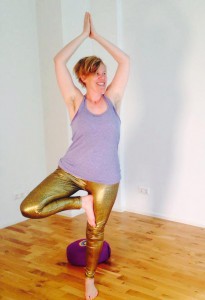


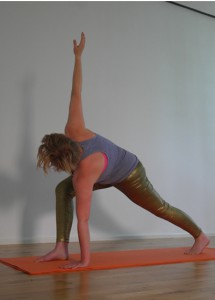 This Sunday,
This Sunday, 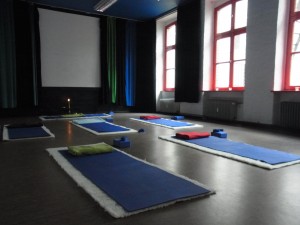 Depending on where you are from or how far you are in your own personal yoga practice, you may not yet be familiar with Yoga Nidra. But with all the stress going on in the world, and more specifically, in our everyday lives, finding ways to relieve deep tension in our bodies and minds is becoming increasingly important. At our
Depending on where you are from or how far you are in your own personal yoga practice, you may not yet be familiar with Yoga Nidra. But with all the stress going on in the world, and more specifically, in our everyday lives, finding ways to relieve deep tension in our bodies and minds is becoming increasingly important. At our 
 Rapid Imagery
Rapid Imagery




 subtle life force
subtle life force
